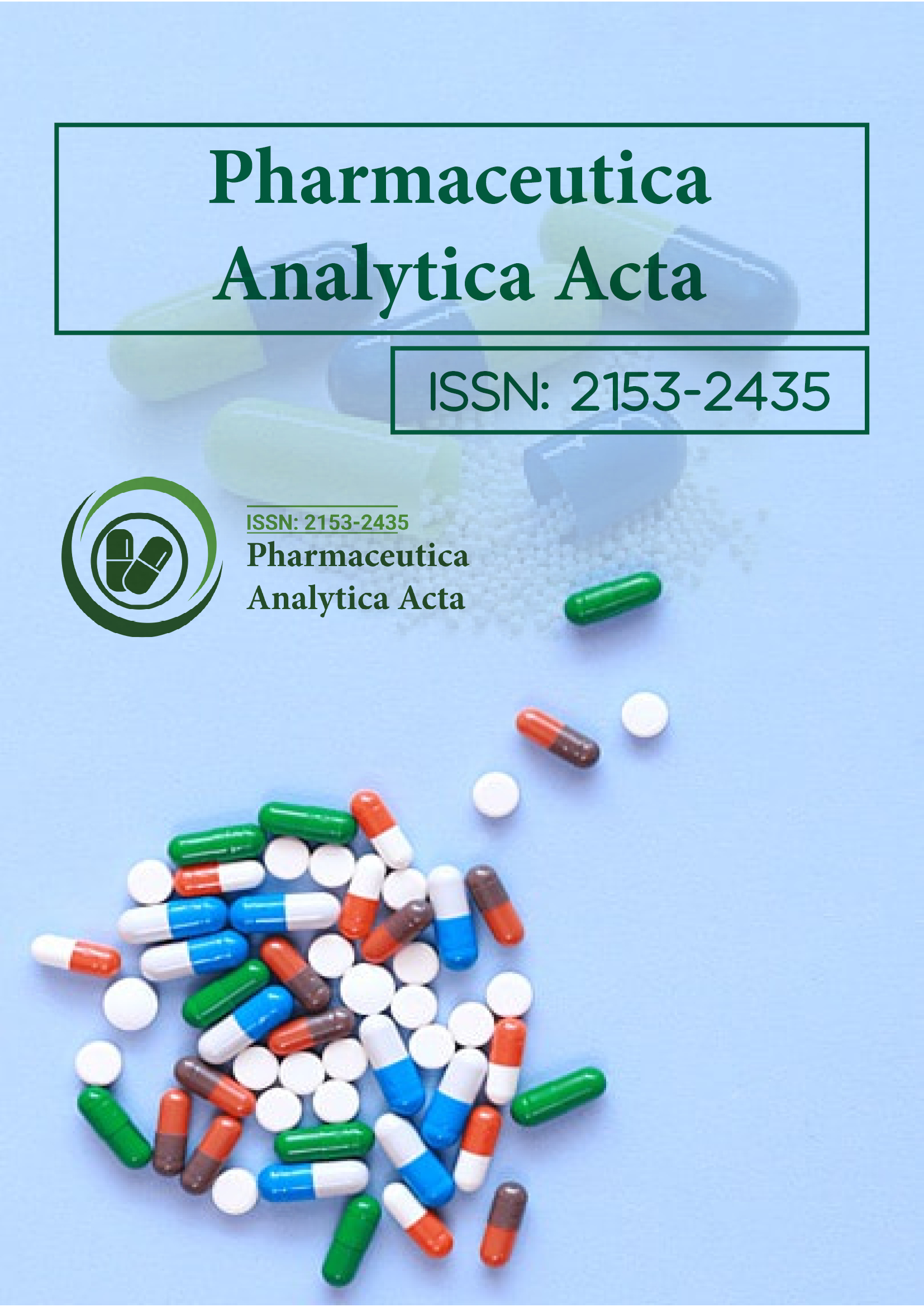インデックス付き
- Jゲートを開く
- Genamics JournalSeek
- アカデミックキー
- ジャーナル目次
- グローバル インパクト ファクター (GIF)
- 中国国家知識基盤 (CNKI)
- ウルリッヒの定期刊行物ディレクトリ
- レフシーク
- ハムダード大学
- エブスコ アリゾナ州
- OCLC-WorldCat
- パブロン
- ジュネーブ医学教育研究財団
- ユーロパブ
- Google スカラー
このページをシェアする
ジャーナルチラシ

概要
カボチャ果実のさまざまな部位のカロテノイド含有量
ウォレグナ・ナジマ
カボチャは、その健康上の利点から、
カロテノイド含有量。カロテノイドは薬物との生理活性混合物である。
潜在性。例えばカロテノイド化合物は、
α
-カロチンと
β
カロチンはプロビタミンとして反応します。人体ではルテイン
ゼアキサンチンは黄斑部の色合いの重要な2つの部分である
網膜の広範囲にわたる研究が数多く行われてきました
これらのミックスが健康を改善する利点を考慮する
人間の利用または商業化の目的のいずれかに利益をもたらします。
この調査のポイントは、カロテノイドを認識することです
マレーシアの 5 つの独特な地域から採取されたカボチャに含まれる成分。
葉物食品のカロテノイド含有量は特定の
要素、例えば、品揃え、開発レベル、雰囲気
または、創造の地理的場所、使用された植物の一部、気候
農村の創造中の状況、収穫後の世話、準備、
および容量条件。これらの要素を考慮すると、対策は
個々のカロテノイドの焦点を区別するために考慮される[1]。
調査、クランタン、トレンガヌ、ペラ、ケダ州のカボチャ
そしてマラッカは崩壊した。
免責事項: この要約は人工知能ツールを使用して翻訳されており、まだレビューまたは確認されていません